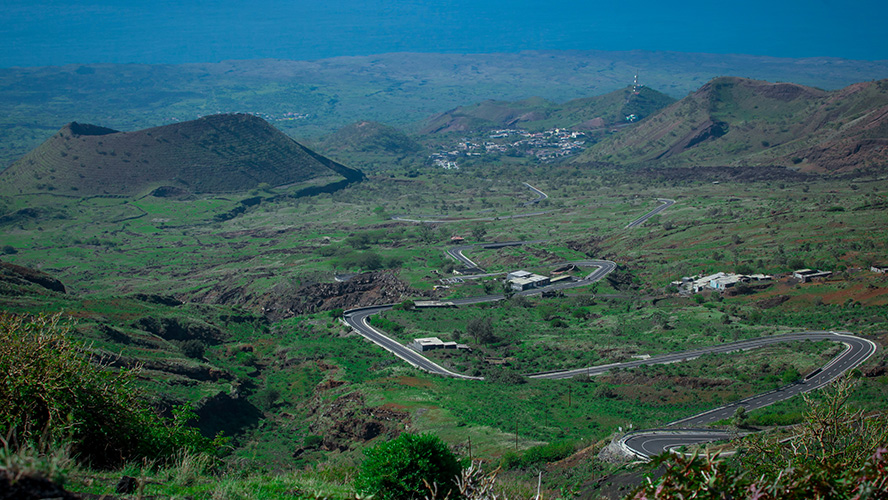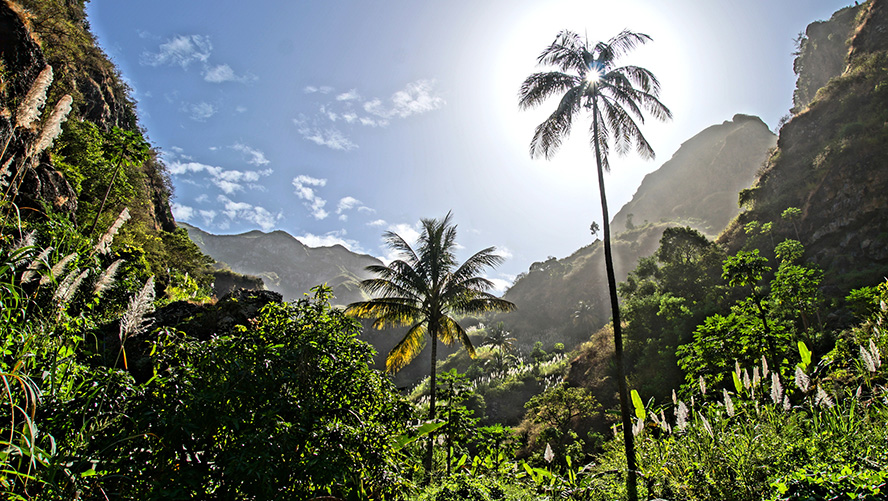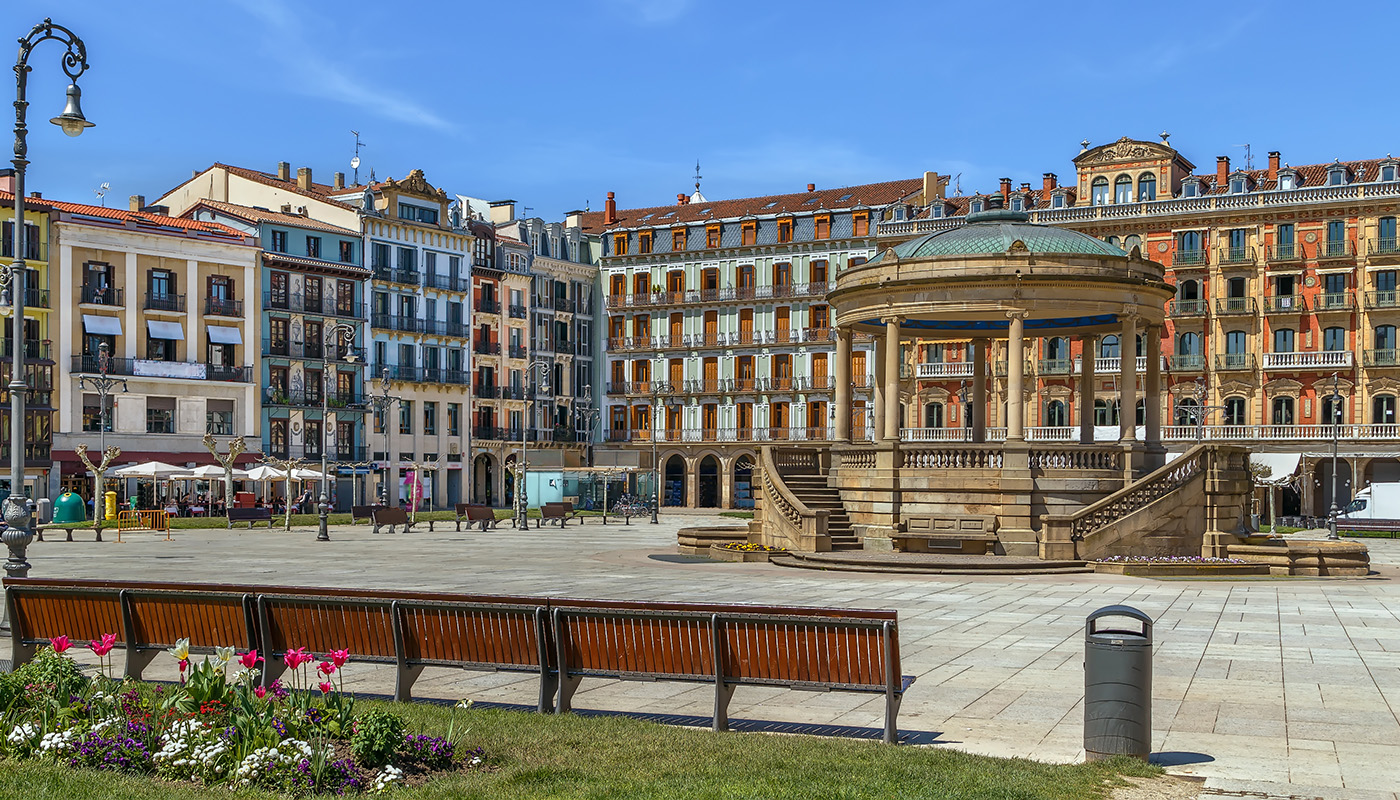Cape Verde is one of those countries where nature shows itself in all its glory. You can still see volcanoes that stretch almost across a whole island, basaltic formations in the middle of the sea and idyllic beaches. While it’s an easy place to travel to, here are a few tips you should keep in mind before planning your trip.
Which islands should I visit in Cape Verde
The archipelago is made up of ten islands and five islets. Of the ten islands, nine are inhabited and Santa Luzia is a protected natural area that you can only visit on a guided tour.
The territory was uninhabited until the arrival of the Portuguese in 1456, but was soon filled with African slaves who were forcibly brought there to work in the fields. It was a Portuguese territory until 1975.
Among the more touristy islands are Sal, with amazing beaches and a good hotel area, and Boa Vista, where sea turtles go to nest.
The largest is Santiago, with the Serra Malagueta natural area, while São Vicente is known for its cultural activity and famous carnival. Fogo still has an active volcano, while Santo Antão and São Nicolau are popular with hikers.

Cape Verde’s biodiversity
The ten islands that make up this archipelago are incredible natural creations where the biodiversity ranges from incredible valleys, cliffs, volcanoes, pristine beaches and mountains to almost magical hiking trails, as is the case in Fogo.
This is true of Serra Malagueta in Santiago, but as well as the island of Santa Luzia, the only one that isn’t inhabited. It is a natural park that you can only visit on an organised trip from São Vicente.

Best time to travel. Climate.
The best time to travel to Cape Verde is during the dry season from winter to spring and between May and June, when temperatures are at their hottest.
In July and August there’s a good chance of torrential rain, though not for long. In the winter months, although the average temperature is mild, it can be a little more pleasant for you to enjoy the sea, as the days become shorter.
Visas and documentation. Vaccines
Spaniards don’t need a special visa for tourist stays of less than 30 days, just a valid passport with more than six months’ validity.
As for vaccinations, just a yellow fever vaccine is required, and only if you come from an endemic country, so Spaniards can come here without any problems.
However, there are some vaccines that are recommended when visiting certain African countries, such as Hepatitis A, tetanus, diphtheria and MMR.
Official language
The country’s official language is still Portuguese, a reminder of its colonial past, although in most towns Cape Verdeans speak Kriolu, which is the Creole language used by the locals.
However, you won’t have too many problems because in the more touristy areas and the most visited islands, almost everyone speaks English and some even speak French.
A large number of Italian expats live there, so it’s not uncommon to hear Italian in some villages.
Payments
Bear in mind that you won’t always be able to pay by credit card on most of the islands, except in the hotels on Sal or Boa Vista, so it’s best to carry cash.
The country’s official currency is the Cape Verdean escudo, although many restaurants, hotels, bars and shops are happy to accept euros.
You can withdraw Cape Verdean escudos at some of the banks in the larger cities and exchange euros at some branches, but you will always be charged a fee.

Getting around the islands
It’s easy to travel between the nine inhabited islands by plane or ferry. There are two airlines: Bestfly Cabo Verde, which flies to all of them, and Cabo Verde Airlines, offering flights between Santiago, Sal and São Vicente.
The company that connects the archipelago by sea is CV Interilhas. Check the timetables as they are often affected by sea conditions.
Within the islands, only Santiago and São Vicente have public bus transport. Elsewhere, you’ll have to use shared minibuses, which don’t have fixed timetables for departures and arrivals.
Safety in Cape Verde
The more touristy islands, such as Sal and Boa Vista, are quite safe for tourists as they are used to welcoming them. The same is true of Santiago, the largest island and home to the capital, Praia. As this is one of the most populated areas, you should take care if you go out at night to certain neighbourhoods on the outskirts of the cities.
Tourists are generally discouraged from visiting places at night on foot and taxis are usually the safest way to travel around at these times.



















































































